Looking for tattoo inspiration? Check out the sleeves on this 2,500 year old ice mummy
Inkcredible

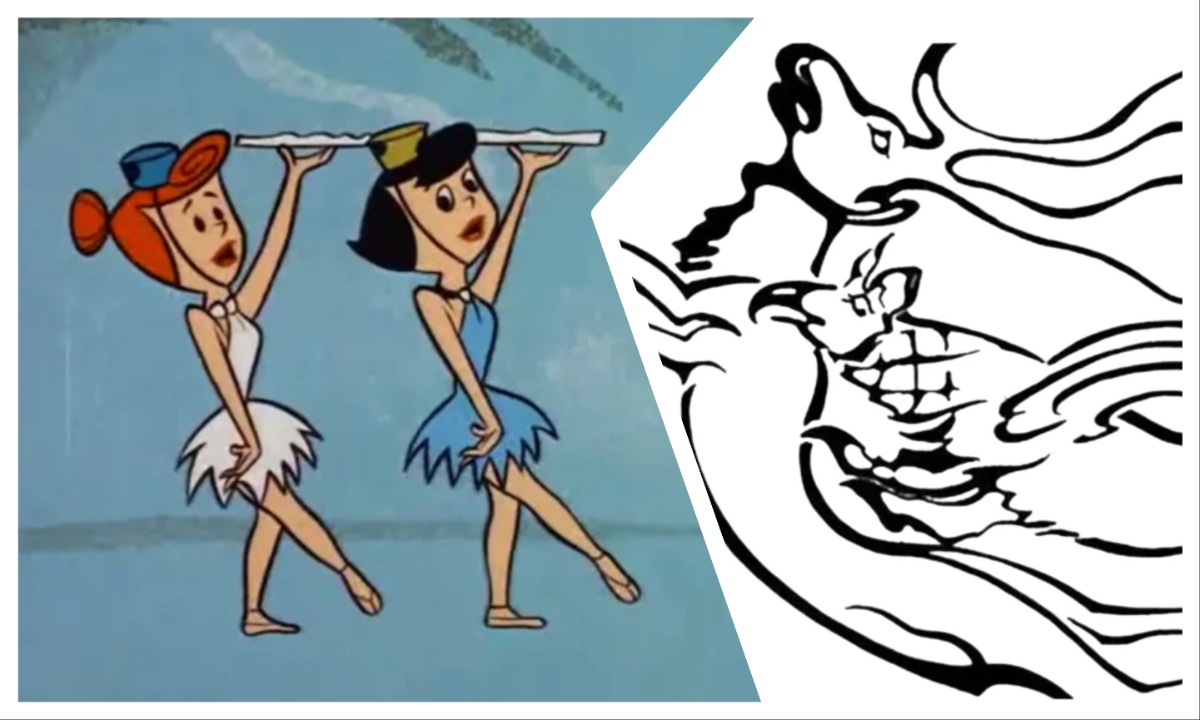
Ever wondered what life was like back in the ancient days? Things like hunter-gathering, carving weapons from stones, and general Flintstones-esque activity were probably on the cards. Tattoos, on the other hand, aren’t exactly what springs to mind.
However, archaeologists have uncovered tattoos found on a 2,500-year-old Ice Age mummy - proving once again that getting inked goes was an obsession / regret way before drunken nights on the Magaluf strip got involved.
Using high-resolution imaging (and working with a tattooist who reproduced the ancient skin decorations on his own body - what an assignment), they uncovered a series of intricate tattoos.
Some of the patterns included leopards, a stag, a rooster, and a mythical half-lion and half-eagle creature. Turns out we had more in common with ancient warrior culture than we might have thought - although I doubt they ever thought about snapping a pic and showing it off on the ‘gram.
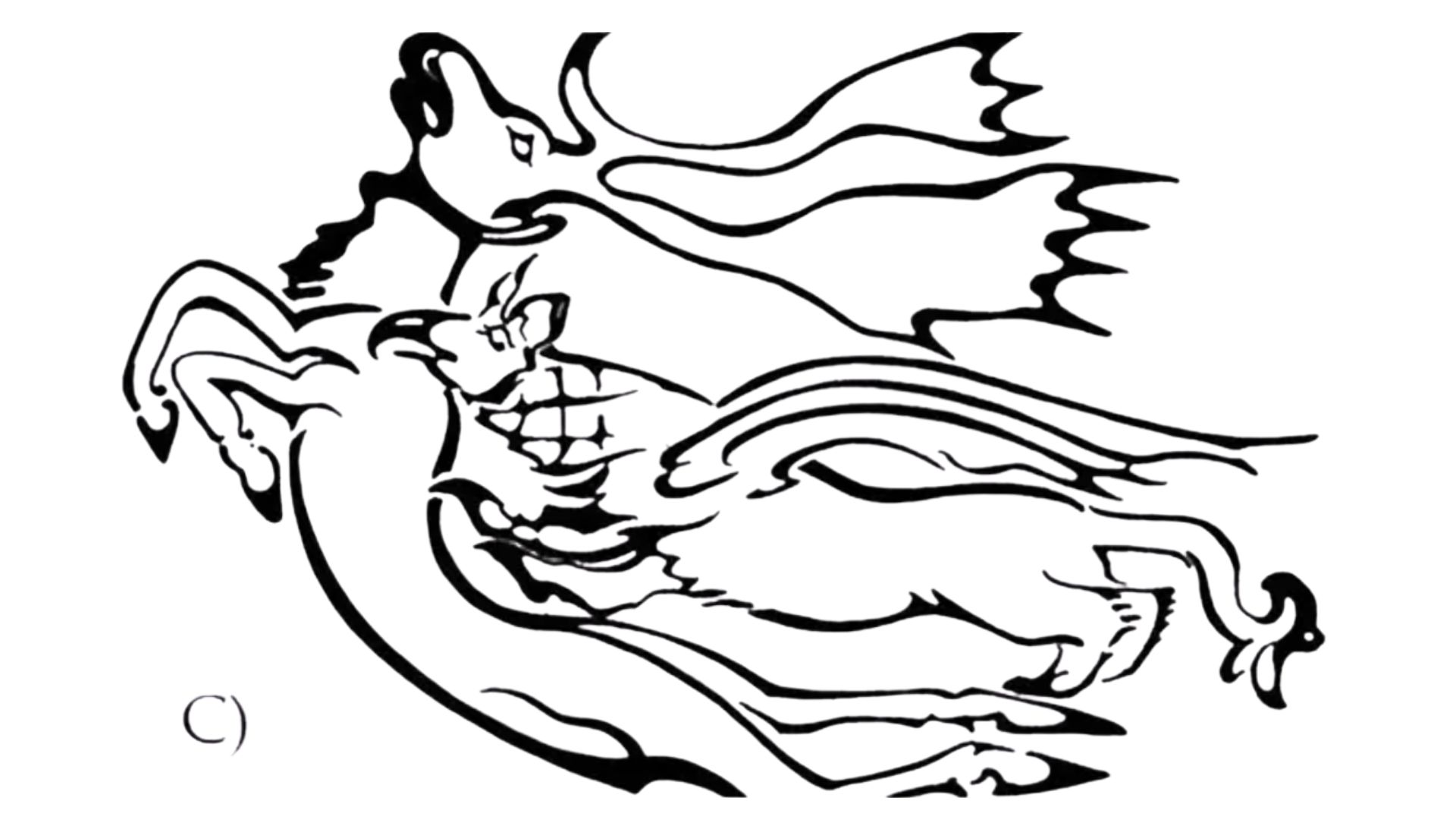
The woman bearing the tattoos was estimated to be around 50 and was from the nomadic horse-riding Pazyryk people who lived on the vast steppe between China and Europe. And for anyone who didn’t do Geography GCSE, a vast steppe just refers to a large treeless grassland that’s usually flat, which doesn’t get much rainfall.
The scans they completed on the body revealed “intricate, crisp and uniform” tattooing that couldn’t be seen with the naked eye. On her right forearm, the woman had an image of leopards around the head of a deer; on the left arm, the mythical griffin creature with the body of a lion, head and wings of an eagle looks as though it’s interlocked in a fight with a stag.
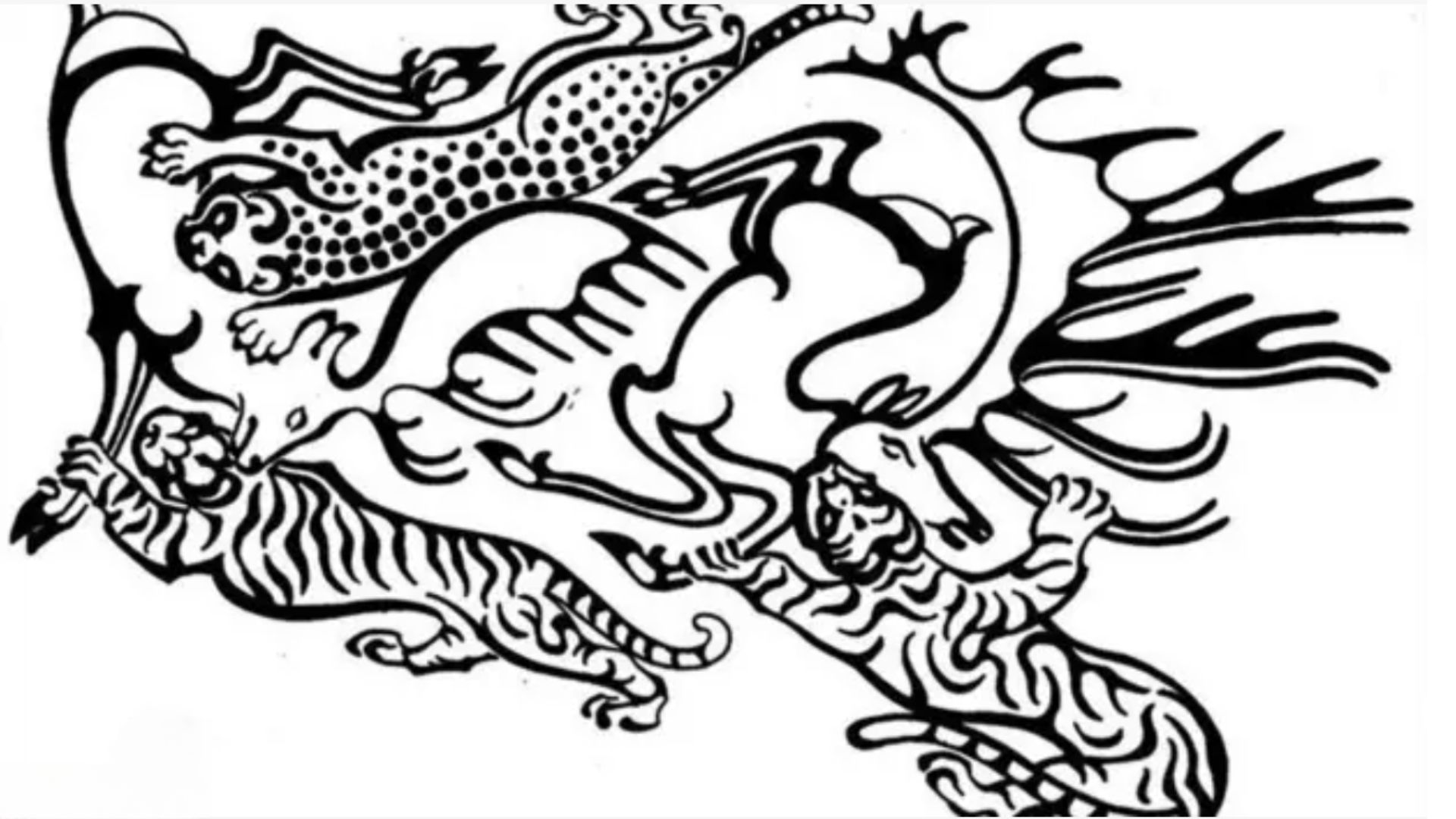
Chatting to the BBC, Gino Caspari - lead author from the Institute of Geoanthropology, said that: "Twisted hind bodies and really intense battle scenes of wild animals are typical of the culture". However, the rooster inked on her thumb hinted at “an intriguing style with a certain uniqueness”, proving that drip really is timeless after all. All the tattoos captured are incredibly detailed and complex, putting that gap year wave tattoo to shame.
Get exclusive shortlists, celebrity interviews and the best deals on the products you care about, straight to your inbox.
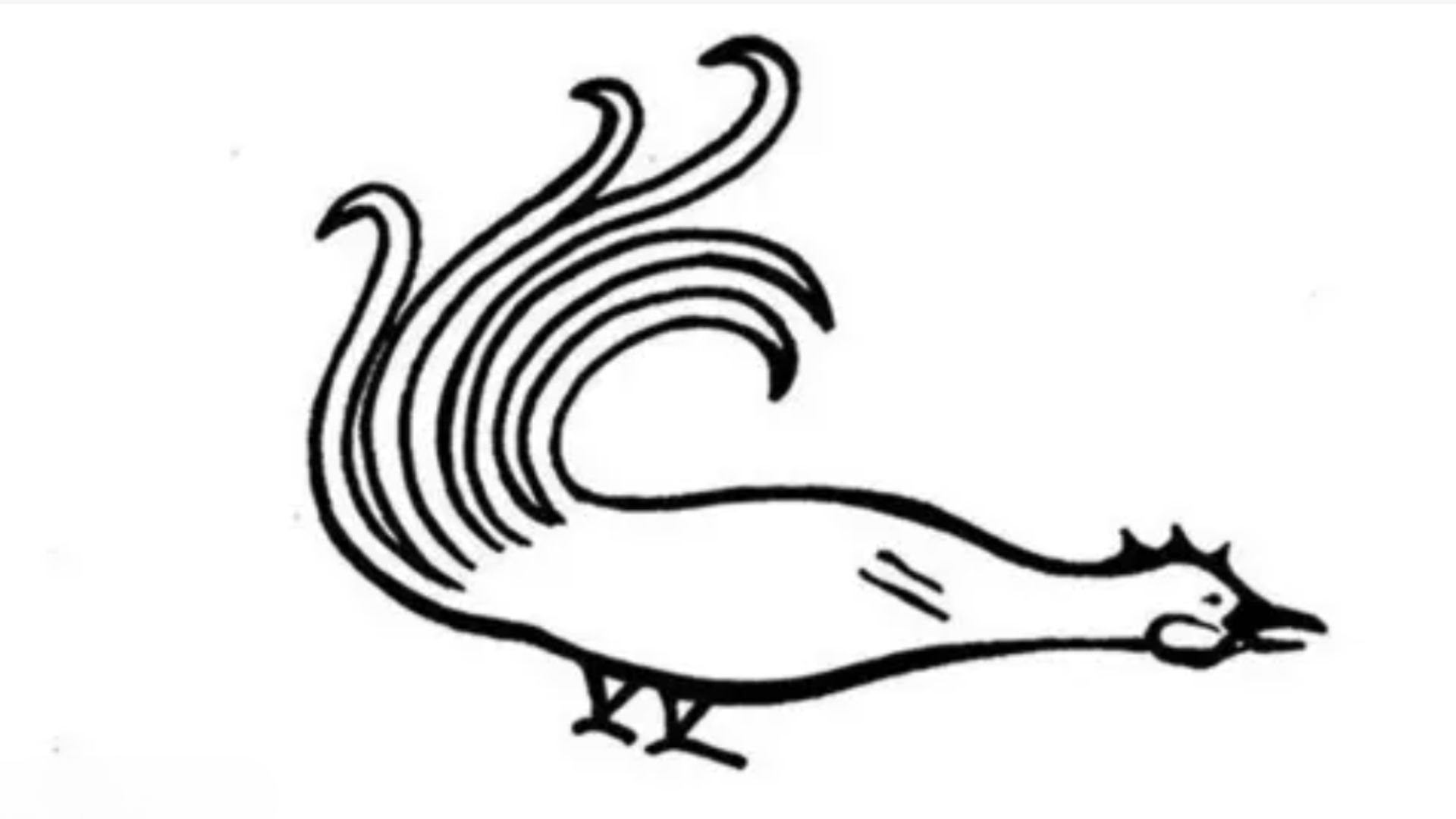
According to Daniel Riday - the expert behind the slightly niche field of reproducing ancient tattoo designs - claimed that the two arms had been done by different people owing to a difference in the quality of the ink (awkward for the inferior artist, much?)
It’s nice to know - or perhaps worrying to know - that the techniques and process were probably quite similar to today's methods, with the designs having taken four to five hours to complete, and were likely stencilled on the skin before being drawn. Although, unlike today, the actual tools, whilst still needle-like, would have been made from animal horn or bone, and the pigment was likely made from burnt plant material or soot.
So if you're looking for some ink-spiration for your next 'tatts, why not throw it back to the Ice Age? That's definitely a conversation starter...
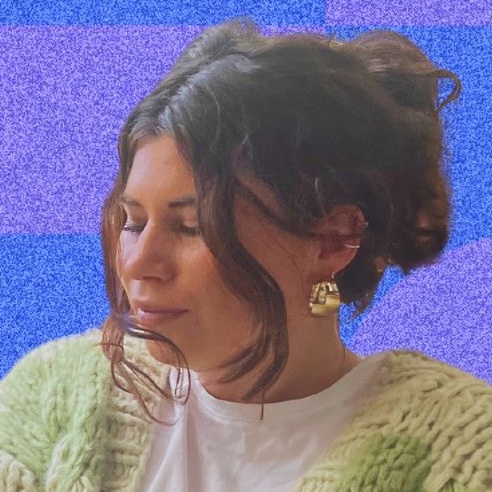
Hermione Blandford is the Content Editor for Shortlist’s social media which means you can usually find her scrolling through Instagram and calling it work, or stopping random people in the street and accosting them with a mini mic. She has previously worked in food and drink PR for brands including Johnnie Walker, Tanqueray, Gordon's, The Singleton, Lagavulin and Don Julio which means she is a self confessed expert in spicy margaritas and pints, regularly popping into the pub in the name of research.
You must confirm your public display name before commenting
Please logout and then login again, you will then be prompted to enter your display name.